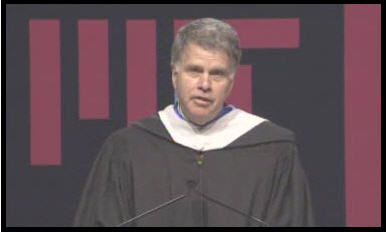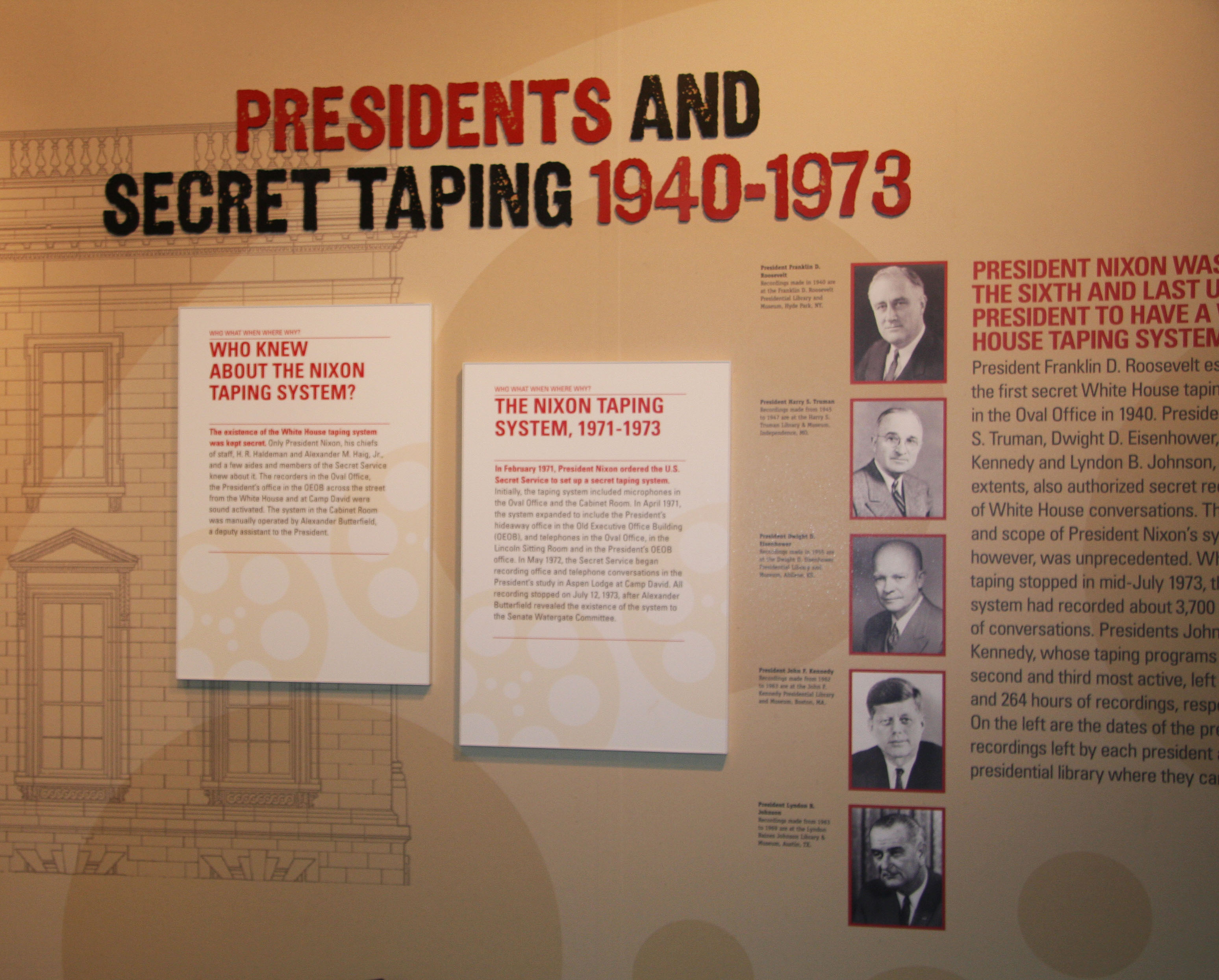Archive for April, 2011
Written on: April 29, 2011 | 3 Comments
This week I was in Kansas City visiting two of our three facilities in the area. The limestone caves at Lenexa hold both temporary and permanent records of Federal agencies in Iowa, Kansas, Missouri, and Nebraska including the Internal Revenue Service and the Department of Veterans Affairs. In addition, the growing collection of records of the Bureau of Indian Affairs is housed there. An amazingly creative use of naturally climate controlled space to protect the Nation’s history.
Among the many archival records at the Central Plains Region facility in downtown Kansas City are the inmate case files of the United States Penitentiary—Leavenworth. 68,937 files covering July 1895 when the prison opened through 1952 are now open for research and document some of the most notorious federal prisoners in history. The files include Robert Stroud–aka the “Birdman of Alcatraz,” George “Machine Gun” Kelly, boxer Jack Johnson, labor leader “Big Bill” Haywood, gambler Nicky Aronstein, and polar explorer Dr. Frederick Cook. And some not so notorious prisoners including Lizzie Cardish, a 15 year old convicted of arson in Wisconsin; Lothar Witzke a German spy convicted of the Black Tom Island explosion of 1916 in New York Harbor which damaged the Statue of Liberty; and Samuel Caldwell, who we believe was the first Leavenworth prisoner to be convicted of violating the Marijuana Tax Act… [ Read all ]
Written on: April 22, 2011 | 0 Comments
Iodite of potassium, sulphate of iron, nitrate of silver, rice starch, ferro cyanite of potassium, and even lemon juice. These are some of the ingredients necessary to reproduce the secret writing techniques described in the six documents declassified by the CIA last week as part of the work of the National Declassification Center (NDC). The Center was established within the National Archives at the direction of the President in late 2009 with the mandate to review more than 400 million pages of classified records by the end of December 2013.
The job is difficult and complex because a single document can contain classified information drawn from several agencies, and each one of these agencies may have its own standards for classifying and declassifying documents. The process has benefited from having representatives of the agencies at our facility in College Park, Maryland, so these referrals and decisions can be made quickly.
The review process has very much been driven by user demand. The prioritization of records to be reviewed was established after public meetings and online review by the user community. The results are posted on the NDC website.
So far the news is good. More than 84 million pages have passed the quality review process, the first step. Of the 14.5 million pages which have been fully reviewed, 91% were declassified and made available… [ Read all ]
Written on: April 15, 2011 | 1 Comment
On Sunday, I was honored to provide the keynote address for the Next Century Convocation at MIT, the institution which launched my career and shaped my worldview. I shared my thoughts on MIT’s striking founding vision and how pervasive its influence has been over the last 150 years, even in unexpected places.

MIT’s motto is “mens et manus”, Latin for “mind and hand.” It embodies the educational philosophy of William Barton Rogers and the founders of MIT. Their original proposal to create MIT, Objects and Plan of an Institute of Technology, addresses itself to “…manufacturers, merchants, mechanics, agriculturists, and other friends of enlightened industry in the Commonwealth.”
So where did William Barton Rogers get his inspiration?
Ralph Waldo Emerson wrote “A man is known by the books he reads…” Rogers was a geologist by training but a look at his personal library gives one a sense of the range of his knowledge, interests, and attitudes toward the approach to education outlined in the Objects and Plan.
In 1975, when the MIT Alumni Association was celebrating its Centennial, a colleague and I had the opportunity to prepare an exhibit based on our yearlong effort to identify and reassemble the founder’s original library. Working from a crude inventory in his own handwriting and with a lot of time at the shelves of all of the MIT… [ Read all ]
Written on: April 8, 2011 | 1 Comment
A test of a nation’s commitment to transparency and self-government comes in how it explains to succeeding generations the more difficult or controversial moments of the past.
Watergate is one such moment in our nation’s history — and a topic that is now more fully explored at the Nixon Presidential Library and Museum.
Last week, I attended the opening of the Watergate Gallery at the Nixon Library in Yorba Linda, California. The new permanent exhibit chronicles the events beginning in June 1971, with the leak of the Pentagon Papers and the formation of a clandestine White House group known as the Plumbers, and ends with former President Richard Nixon’s public explanations of Watergate after he left office. The exhibit is designed to help visitors make sense of the web of personalities as well as the actions and intentions at the heart of the Watergate scandal.

A portion of the new Watergate Gallery at the Nixon Presidential Library and Museum
The Nixon Library arguably holds the fullest record of any Presidential administration in history with approximately 4,000 broadcast videos, 4,500 audio records, 30,000 gifts, 300,000 photographs, 2 million feet of film, 46 million pages of documents, and 3,700 hours of presidential conversations known as the “White House Tapes.”
The new exhibit on Watergate uses documents and records from Presidential,… [ Read all ]
Written on: April 1, 2011 | 3 Comments
You may think that the National Archives is an unlikely place to learn the secrets of Michael Jackson’s dance moves — but you’re wrong!
Within Record Group 241, Records of the Patent and Trademark Office, patent 5,255,452 gives us the secrets behind one move in particular — Michael’s “lean” as done in the music video, “Smooth Criminal.”

On October 26, 1993, Michael Jackson was granted his patent for a “method and means for creating anti-gravity illusion.” The application abstract describes the patent as:
“A system for allowing the shoe wearer to lean forwardly beyond his center of gravity by virtue of wearing a specially designed pair of shoes which will engage with a hitch member movably projectable through a stage surface. The shoes have a specially designed heel slot which can be detachably engaged with the hitch member by simply sliding the shoe wearer’s foot forward, thereby engaging with the hitch member.”
Figure 6 (above) and Figure 7 and 1 (both below) are drawings from Michael Jackson’s patent application. The images below shows the slot on the heel of the shoe, as well as the straps used to secure the ankle for Michael’s “lean” dance move.

At the National Archives, researchers can explore patent drawings and patent applications online and in person at our College Park, MD… [ Read all ]




